
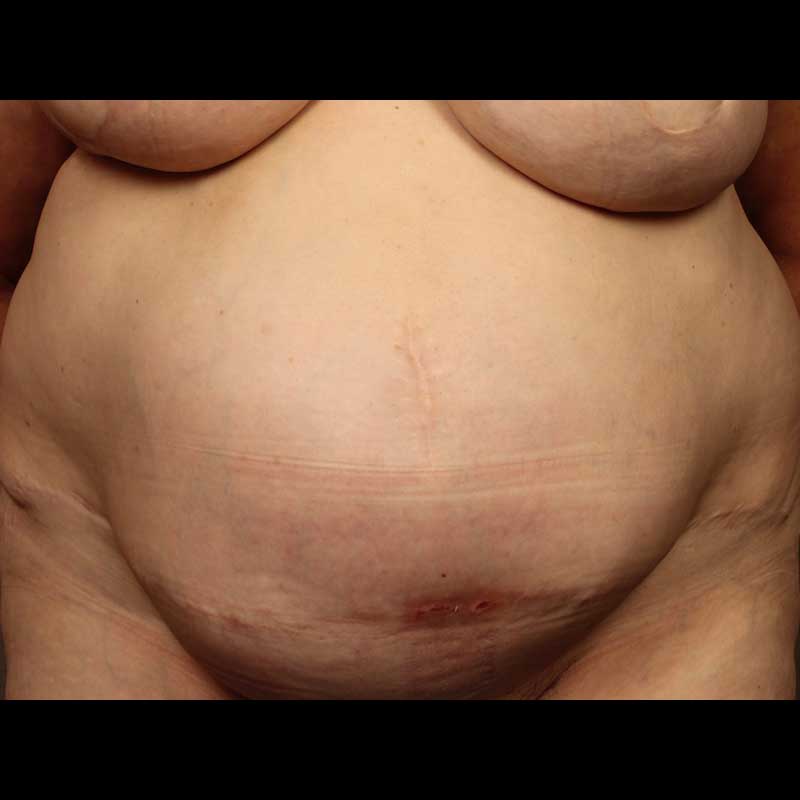
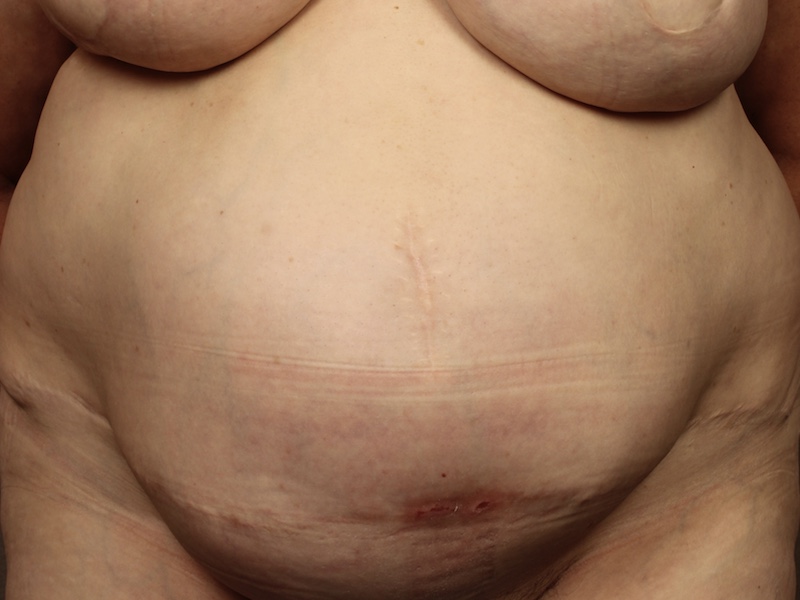
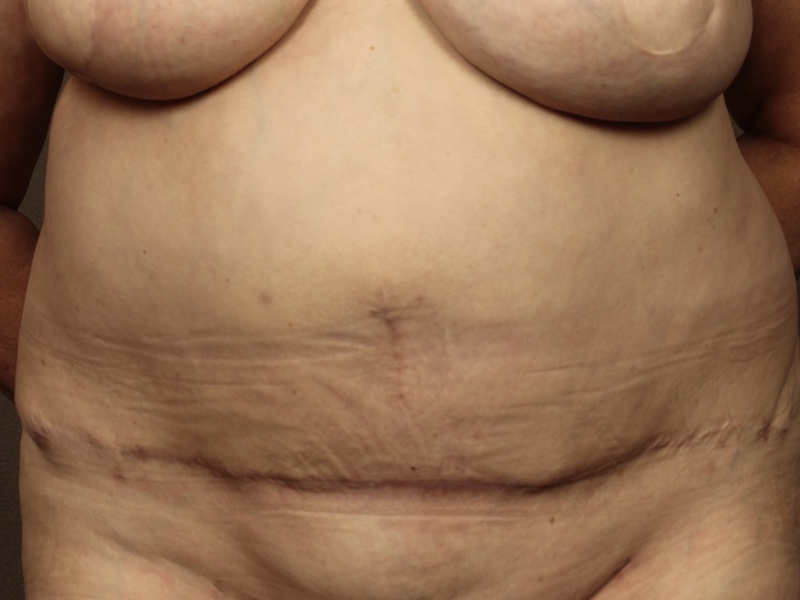
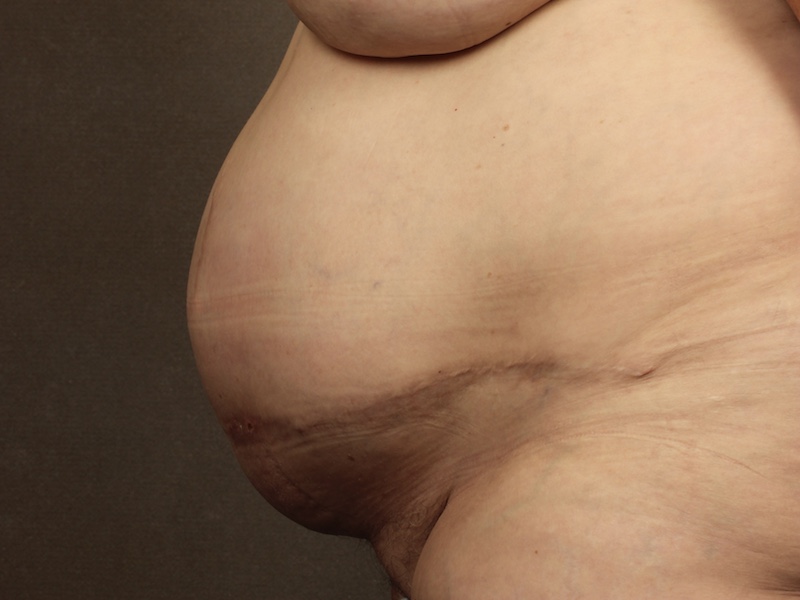
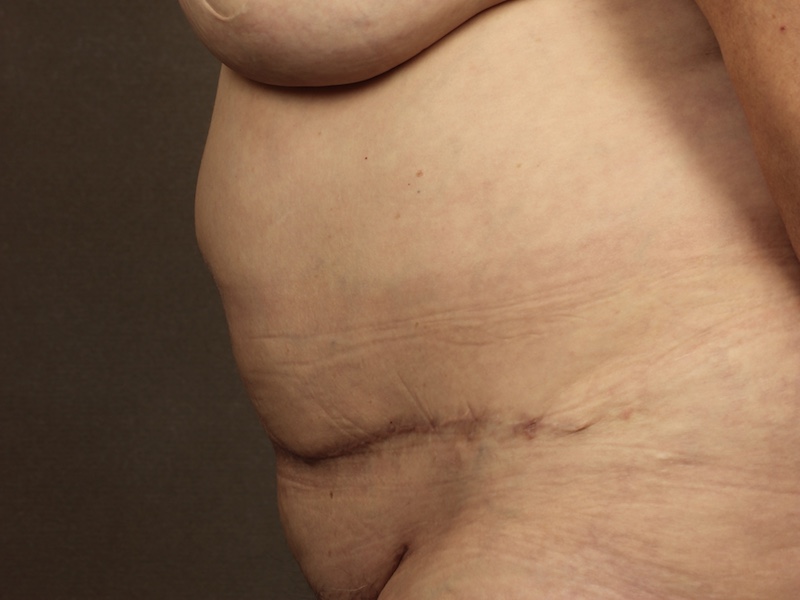
TRAM Hernia Repair
Fifty-one-year-old-woman with a history of breast cancer was treated with bilateral mastectomies and DIEP flap reconstruction near her home in Connecticut. Her surgery was complicated by abdominal wound healing problems and infection requiring prolonged antibiotics. As a result, she developed a severe hernia. After evaluation at NYBRA, she underwent abdominal wall reconstruction with the technique we pioneered using two layers of biologic mesh reinforced with bilateral external oblique muscle advancement flaps.
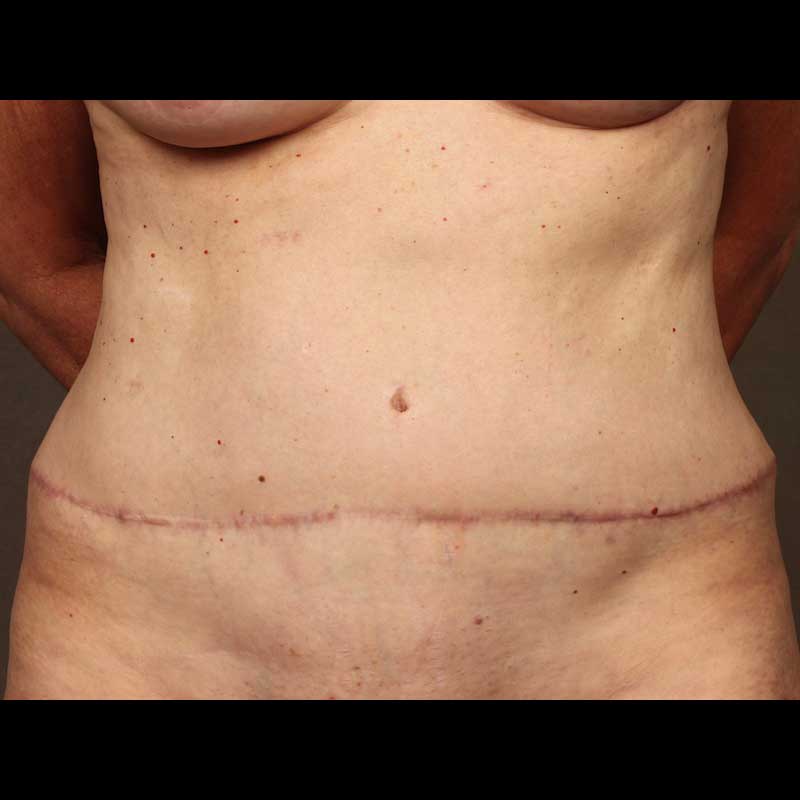
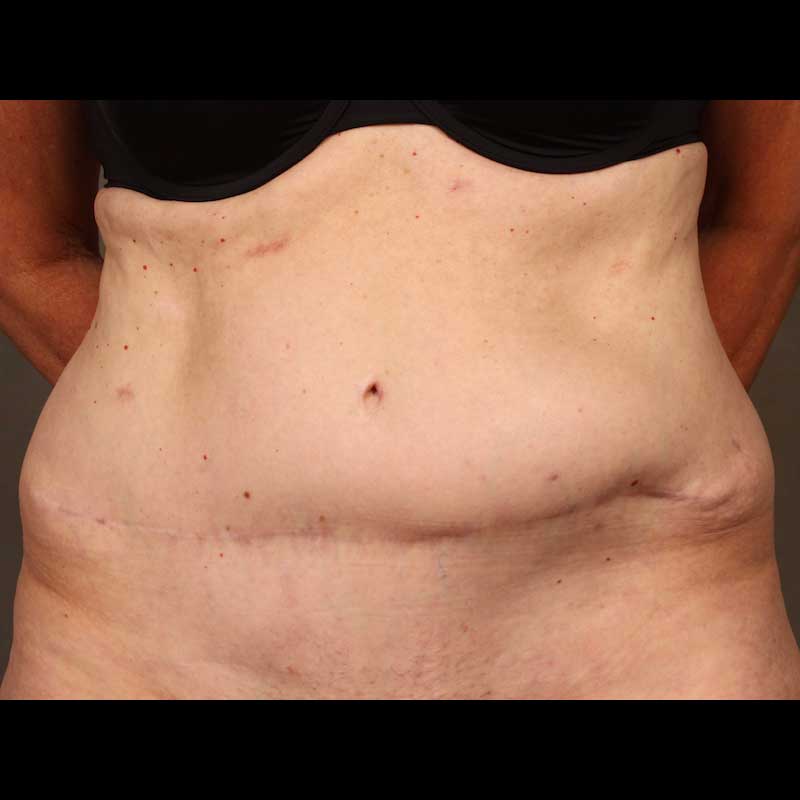
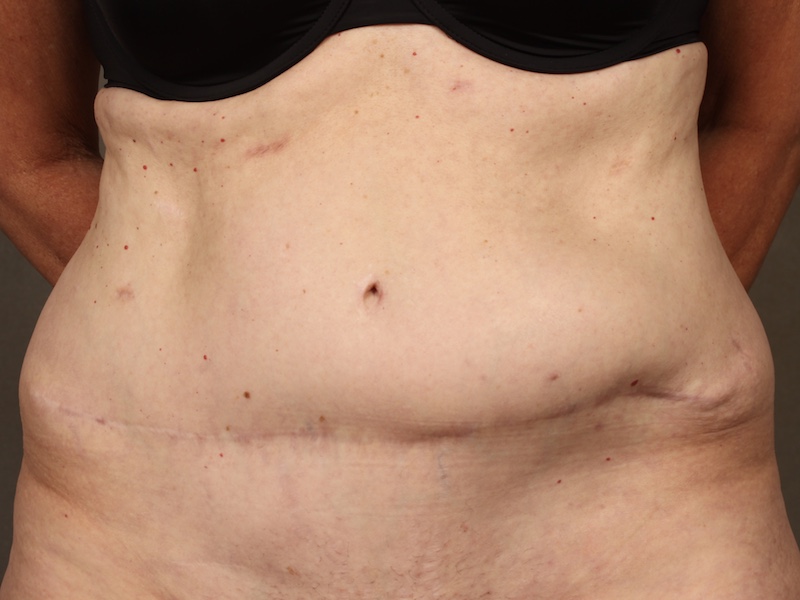
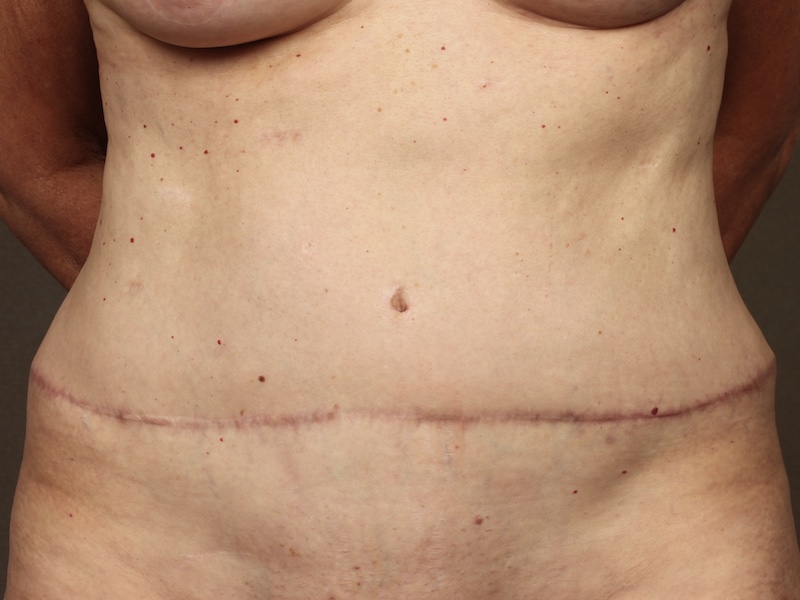
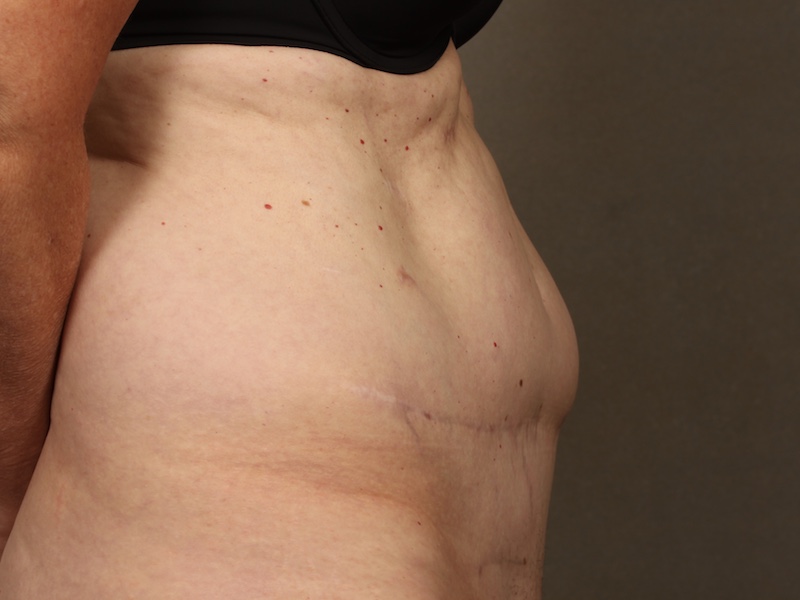
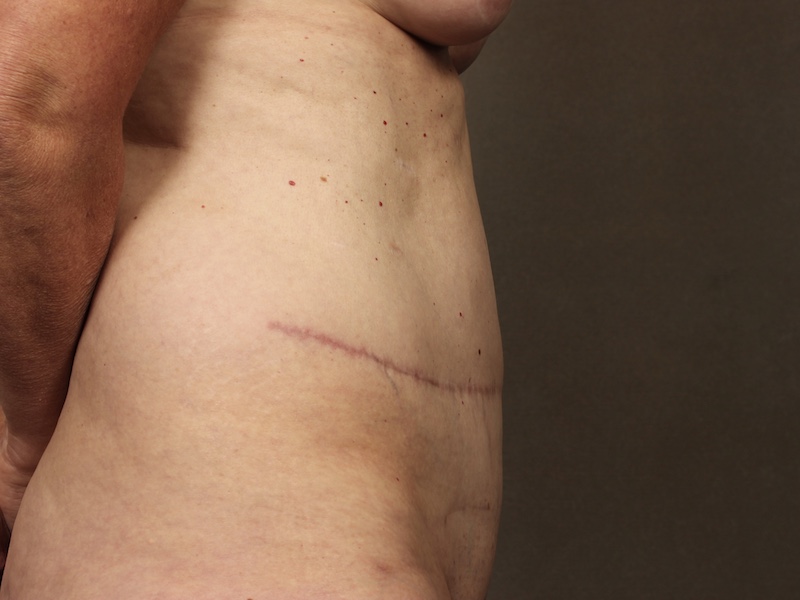
TRAM Hernia Repair
Fifty-six-year-old-woman from Virginia with a history of left breast cancer treated with left mastectomy and DIEP flap reconstruction. She developed a ventral hernia at the abdominal flap donor site and had three attempts at repair near her home in Virginia. Despite placement of a large mesh in her abdomen, she continued to have a hernia. After evaluation at NYBRA, she underwent abdominal wall reconstruction with our technique using an extended mesh reinforced with bilateral external oblique muscle advancement flaps.
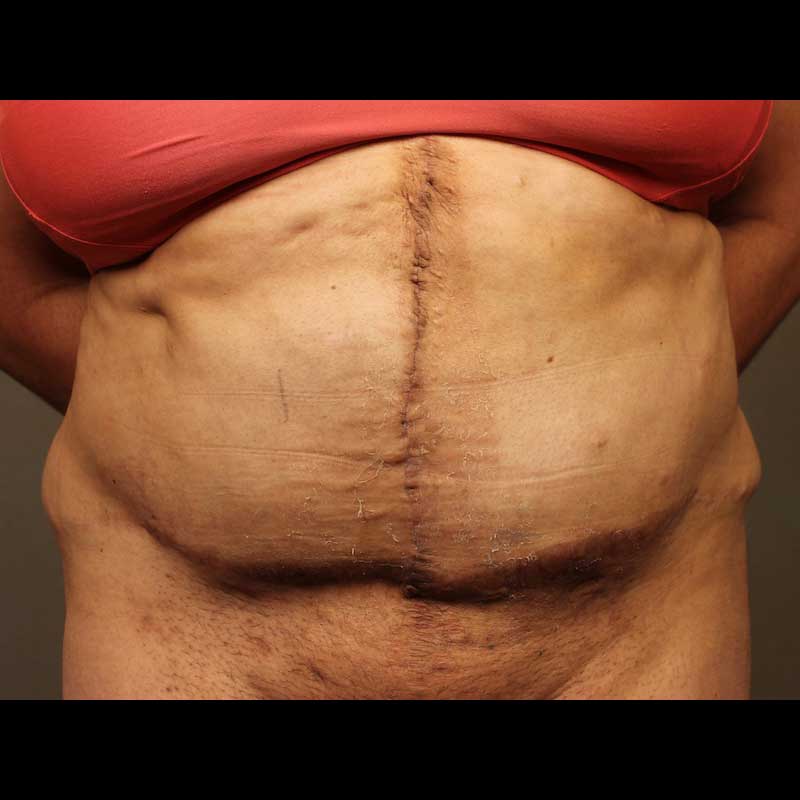
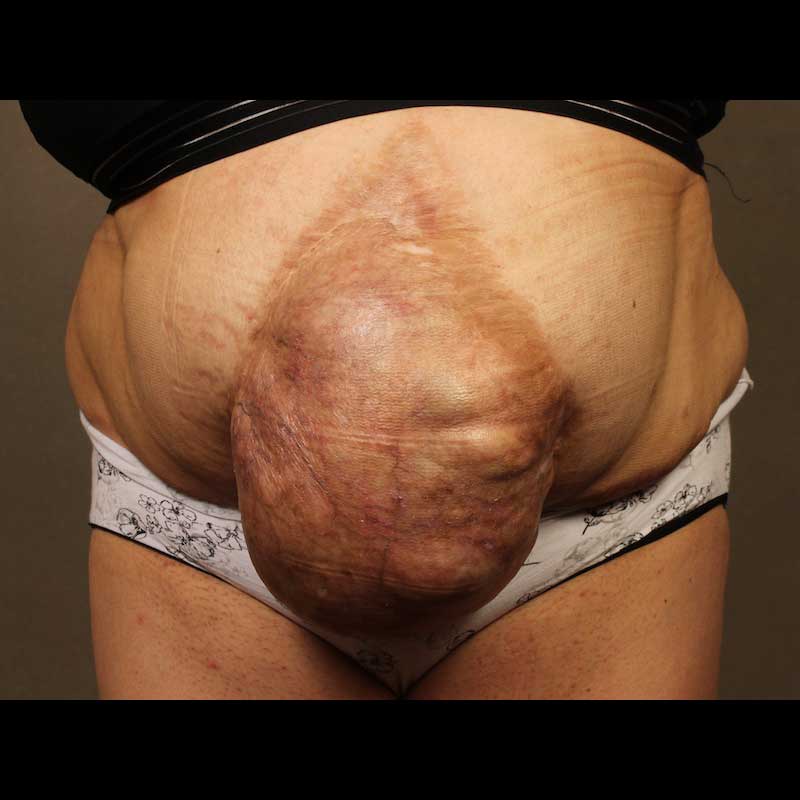
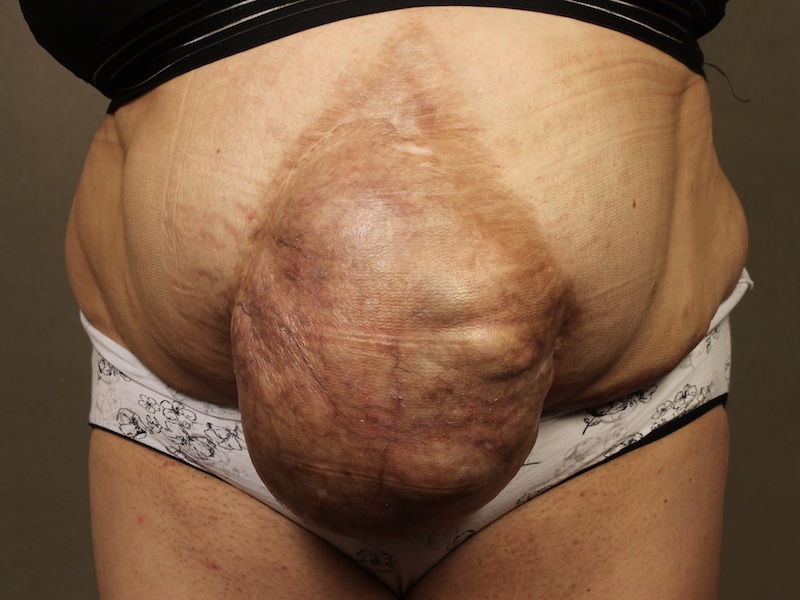
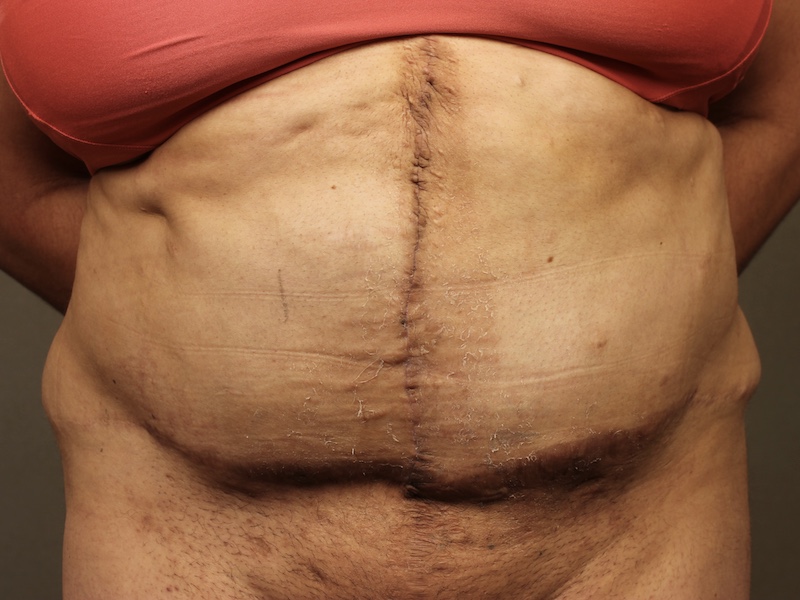
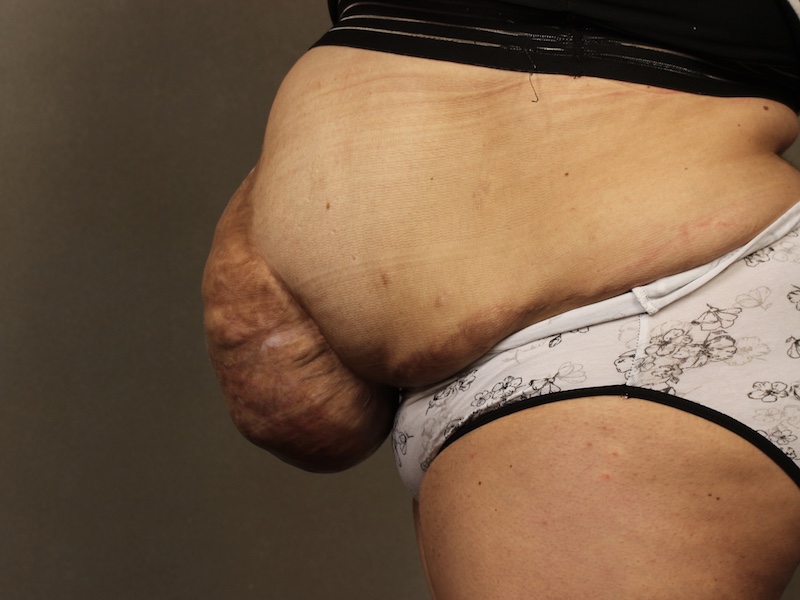
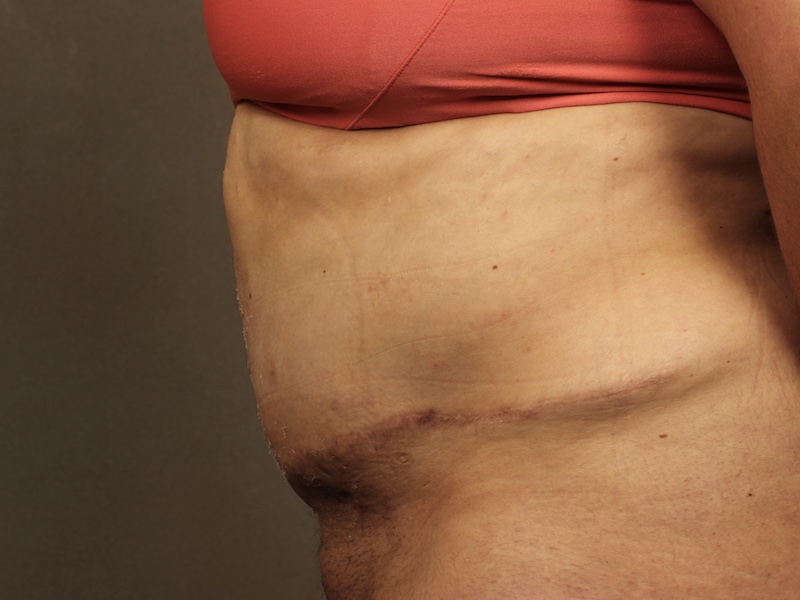
TRAM Hernia Repair
Forty-five-year-old-woman from Texas with a history of right breast cancer treated with bilateral mastectomies and pedicled TRAM flap reconstruction. She had multiple postoperative complications including infection and abdominal wound breakdown. Her abdomen was finally closed with a skin graft and she developed a massivel hernia. After evaluation at NYBRA, she underwent abdominal wall reconstruction using two layers of biologic mesh reinforced with bilateral abdominal muscle advancement flaps.
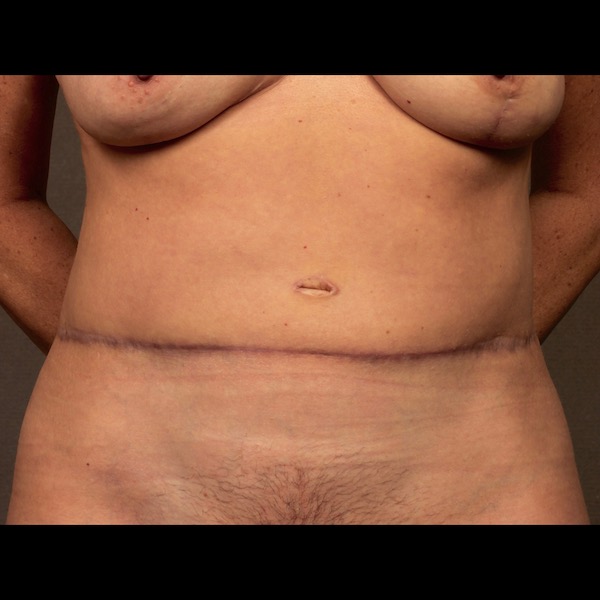
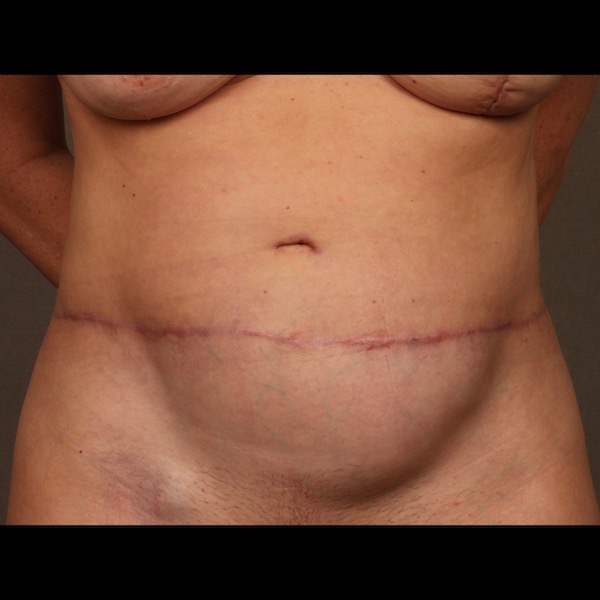
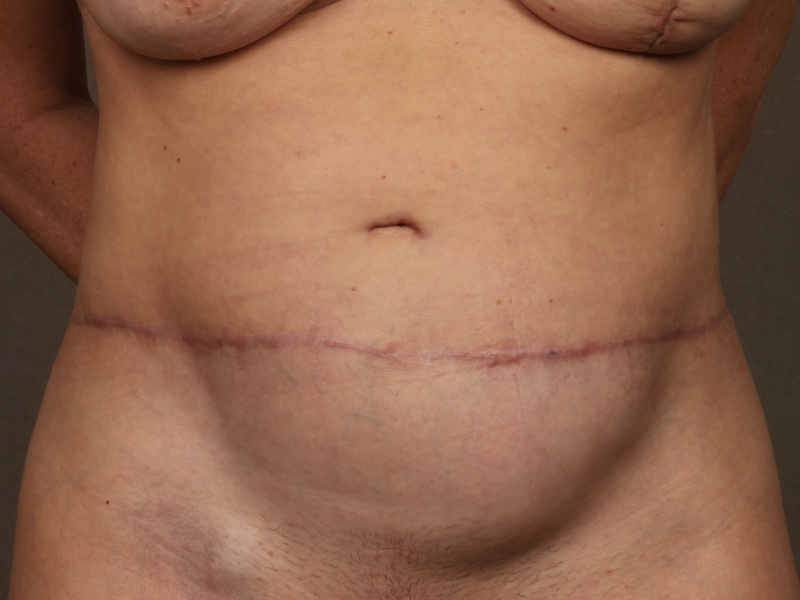
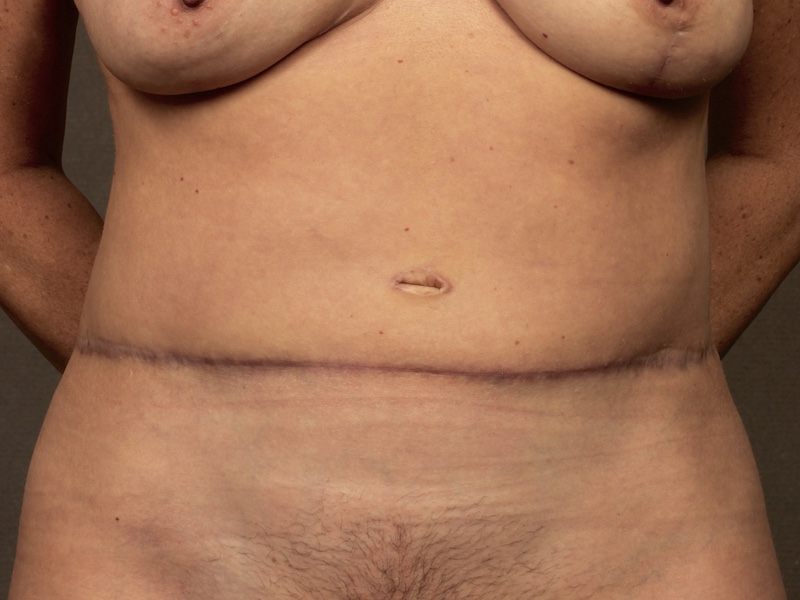
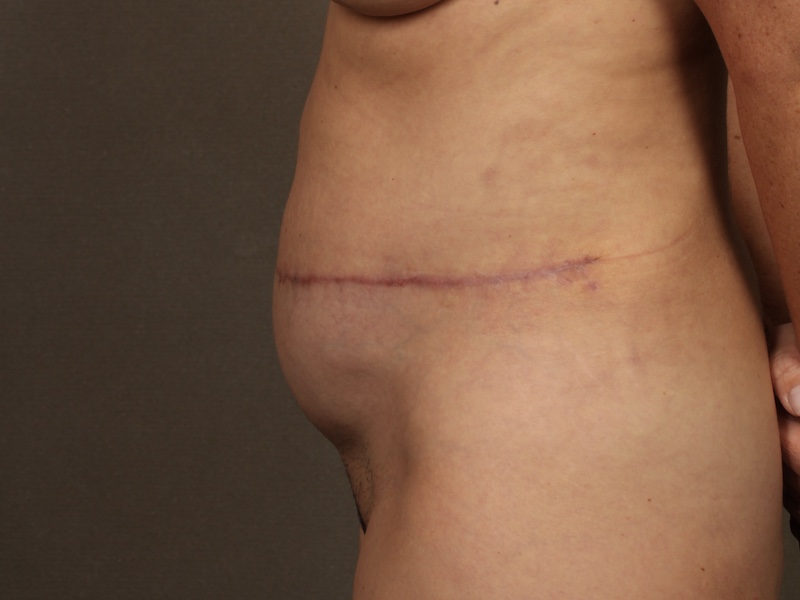
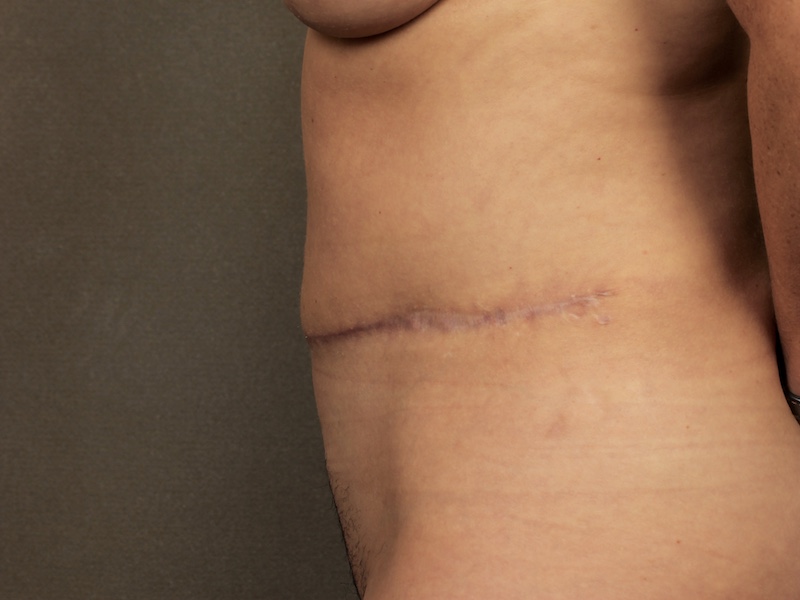
TRAM Hernia Repair
Forty-nine-year-old-woman from Georgia with a history of breast cancer treated bilateral SHAEP flaps developed a lower abdominal bulge with weakness shortly after surgery. Our team used bilateral external oblique muscle advancement flaps reinforcing an extended mesh to create an abdominal ventral hernia repair.
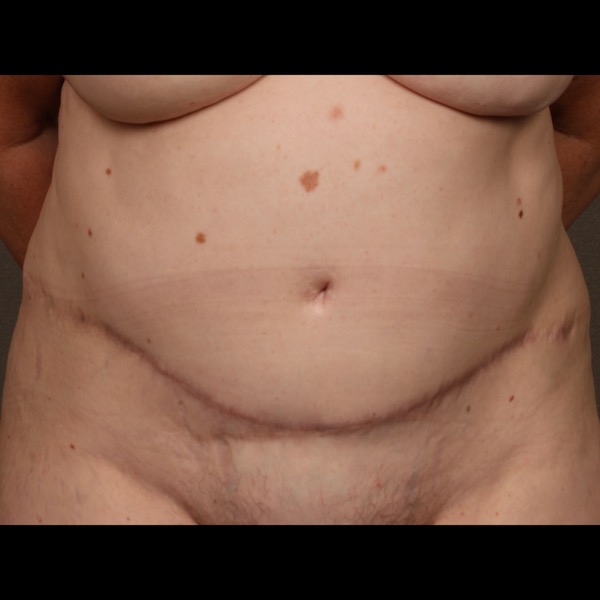



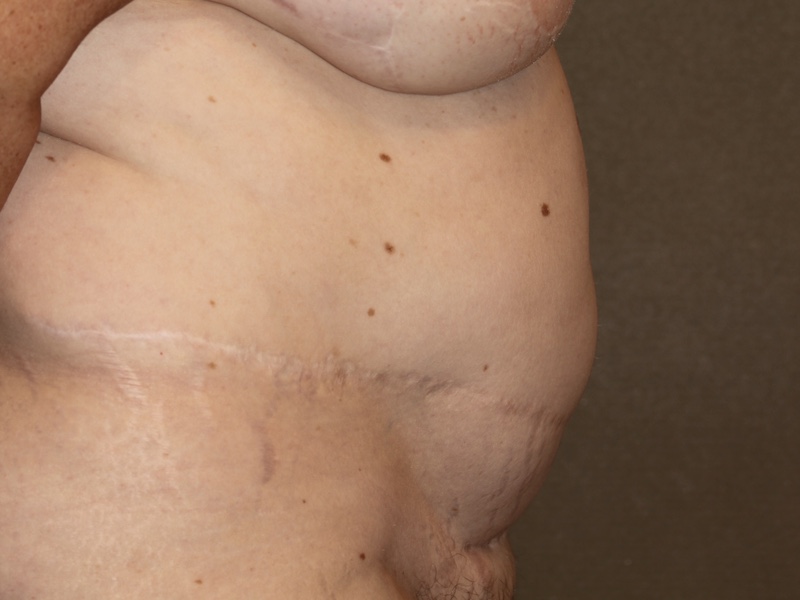
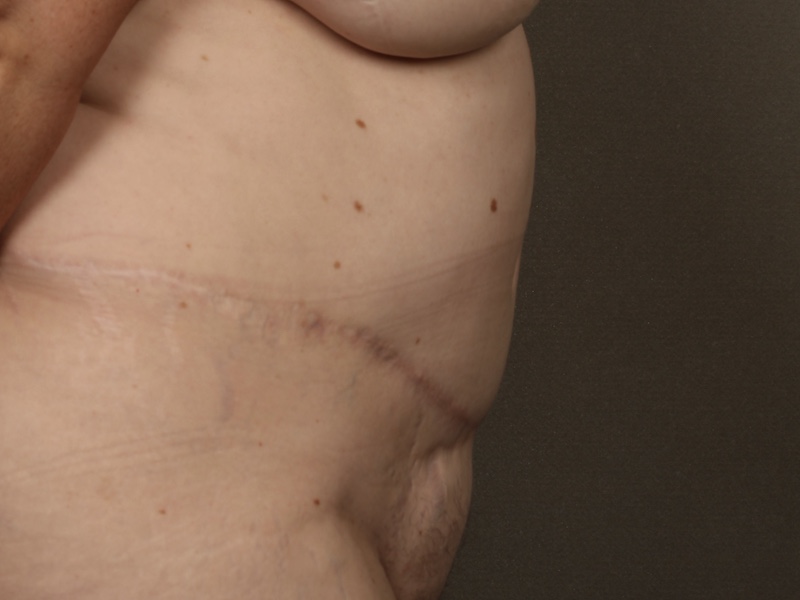
TRAM Hernia Repair
Fifty-two-year-old-woman with a history of left breast cancer and bilateral TRAM free flap breast reconstruction developed a donor site bulge. We repaired the hernia using bilateral external oblique muscle advancement flaps and reinforcing an extended mesh abdominal ventral hernia repair.
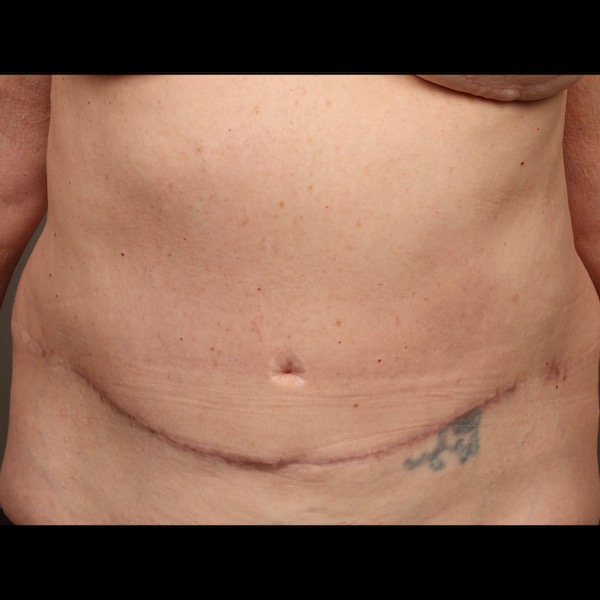
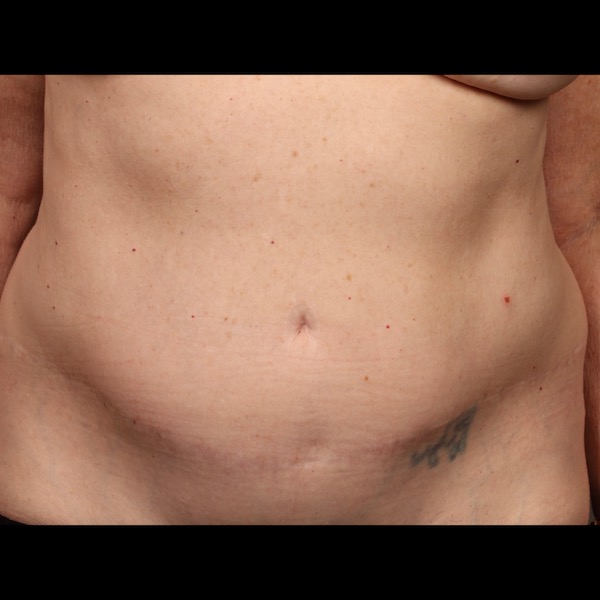

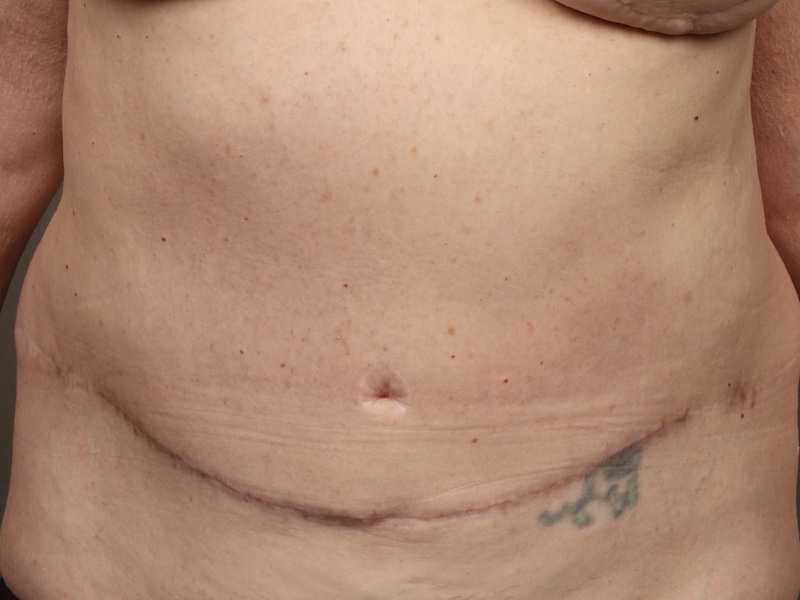
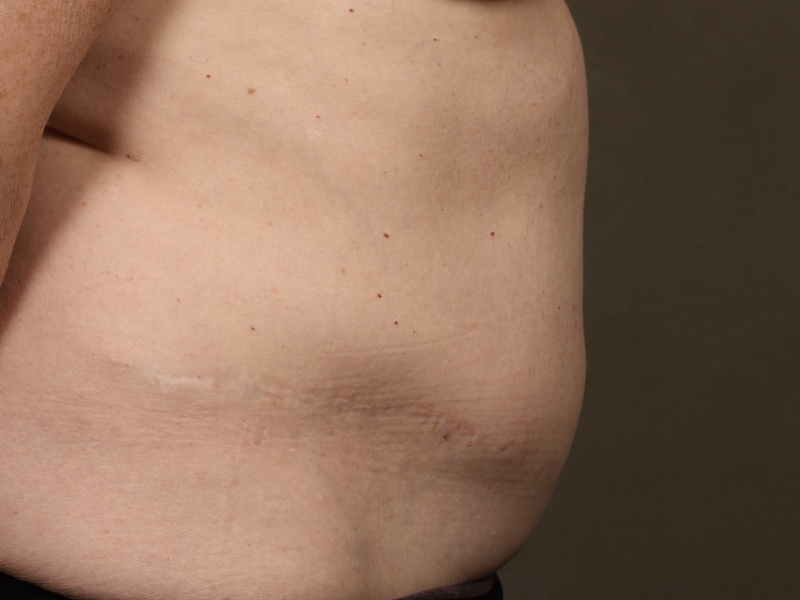
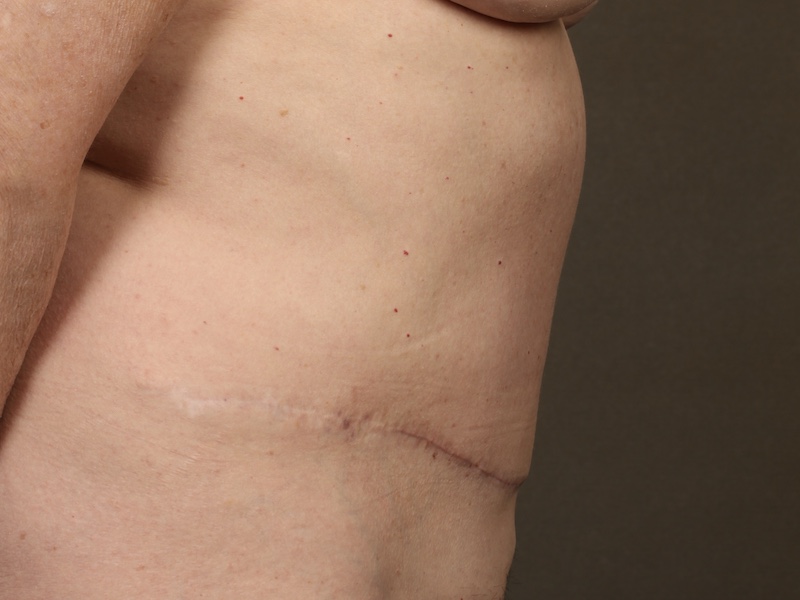
TRAM Hernia Repair
Fifty-nine-year-old woman with a history of right breast cancer and BRCA2 genetic mutation underwent bilateral mastectomies with bilateral muscle-sparing TRAM free flap breast reconstruction. She developed donor site bulge, which our surgeons treated with bilateral external oblique muscle advancement flaps reinforcing an extended mesh abdominal ventral hernia repair.